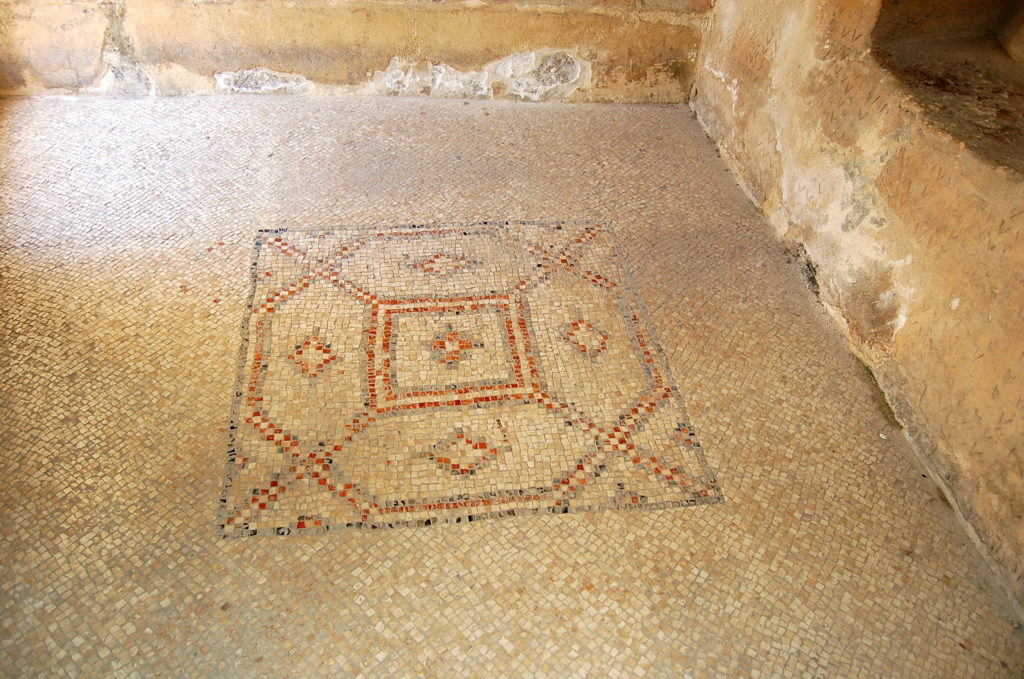
Jerusalem’s Temple Mount is one of the most impressive structures of antiquity. Twentieth century excavations near it disclosed surprising information about early Christians.
In 19 B.C., Herod the Great began building a massive retaining wall around the flat hill on which Jerusalem’s Second Temple stood. Workers filled the voids, creating a 37-acre platform for an enlarged Temple and a series of associated courts. Gates high in the southern wall, above wide steps, led to tunnels opening onto this Temple Mount. According to the Gospel of Matthew, Jesus walked down these steps before his crucifixion and predicted the Temple’s destruction. About 40 years later, Roman troops, responding to the First Jewish Revolt, demolished the Temple. In 135 A.D., the Romans barred Jews from entering Jerusalem, which they renamed Aelia Capitolina. In 326 A.D., after legalizing Christianity, Roman Emperor Constantine built a church a quarter of a mile west of the Temple Mount where his mother, Helena, concluded Jesus’ tomb was located. Christians then began coming to Aelia Capitolina to worship in the church, which became the center of Christian Jerusalem. In 638, Muslim forces captured Aelia Capitolina from the Byzantine (Eastern Roman) Empire and built an administrative center at the southern end of the Temple Mount. An earthquake in 749 destroyed the center, which became buried by dirt and debris.
In 1967, after Israel gained control of the area in the Six-Day War, archaeologists began excavating just south of the Temple Mount, uncovering the southern steps. Under the ruins of the destroyed administrative center they discovered homes built for Byzantine Christians, some with mosaic floors and some with rooms for creating souvenirs for Christian pilgrims. Prior to this discovery, scholars assumed Christians would have avoided building this close to the Temple because of Jesus’ teachings about it. Some of these Byzantine homes are open to visitors.
Comments are closed.